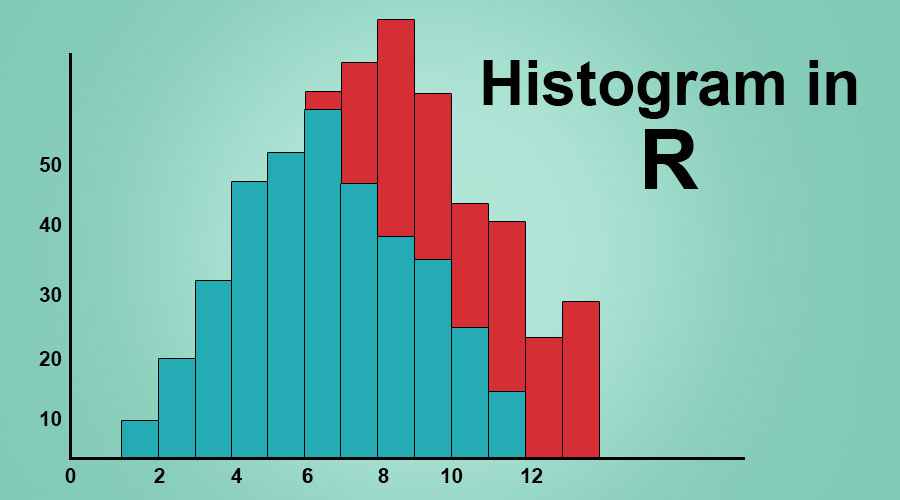
That's the starting point (the lower bound) of your first class.

The horizontal axis (x) represents your scores, the vertical axis (y), your frequencies.įind your lowest score, and round down if it isn't a whole number (so, for example, 5.2 would become 5). A caveat here is that you'll need to add a class if there is no remainder when you divide.ģ. If you divide that by the number of classes you determined in step 1, and then round up, you'll have a working class width. There are various things to bear in mind: (a) you've got to get all your data into the classes (b) the classes must be contiguous - for instance, you can't leave out a class in the middle of a distribution just because it has no scores in it (c) the classes must be mutually exclusive - there can be no ambiguity about which class a score belongs to and (d) the classes should (normally) be of equal width. Next you've got to work out the width (or interval) of your classes. So, for example, if your distribution has 27 items, 5 or 6 classes would be appropriate.Ģ. There is no standard way to calculate how many classes you need, but a good rule of thumb is to take the square root of the total number of scores in your distribution, rounding up or down, if necessary, making sure you've got at least 3 classes and no more than 20. The first step is to divide your distribution into classes (or bins), which are, in effect, containers for your individual scores. You could just use our easy histogram maker, but if you want to do the job by hand, follow these instructions.ġ. There aren't many very short pigeons, and there aren't many very tall pigeons. In this case, we can see that most pigeons have a height that lies somewhere in the middle of the total range of heights. At a glance, it gives a lot of information about the distribution of our data. The advantage of a histogram should be apparent. The height of each column corresponds to the number of pigeons that fall into each class - four pigeons between 14 and 15 inches, 18 pigeons between 15 and 16 inches, 38 pigeons between 16 and 17 inches, and so on. Here we have 6 classes (14 to just below 15, 15 to just below 16, etc), each of which has a width (or interval) of one inch.


 0 kommentar(er)
0 kommentar(er)
